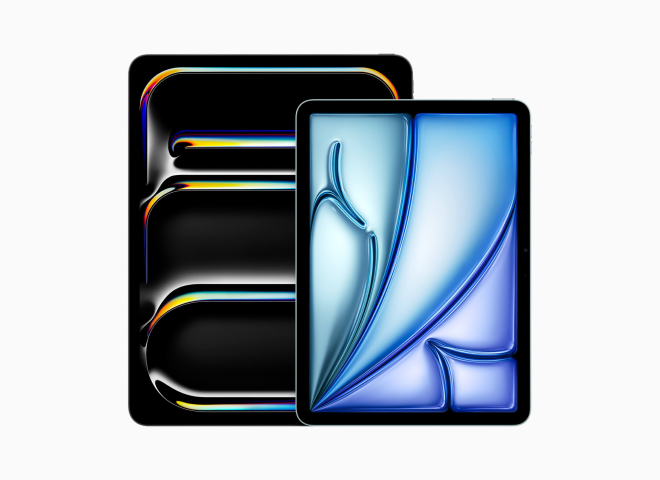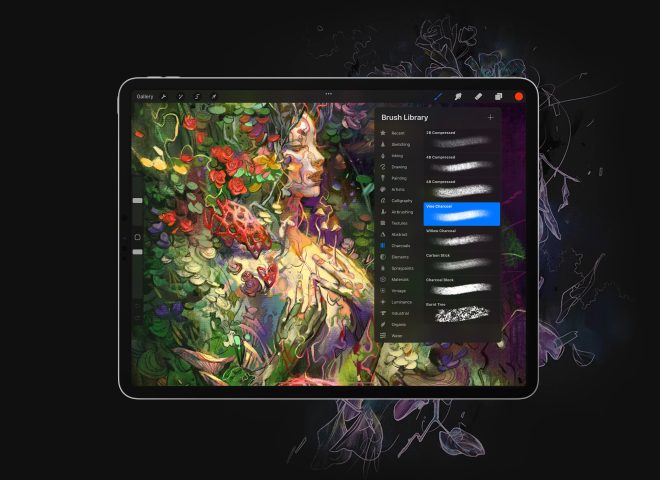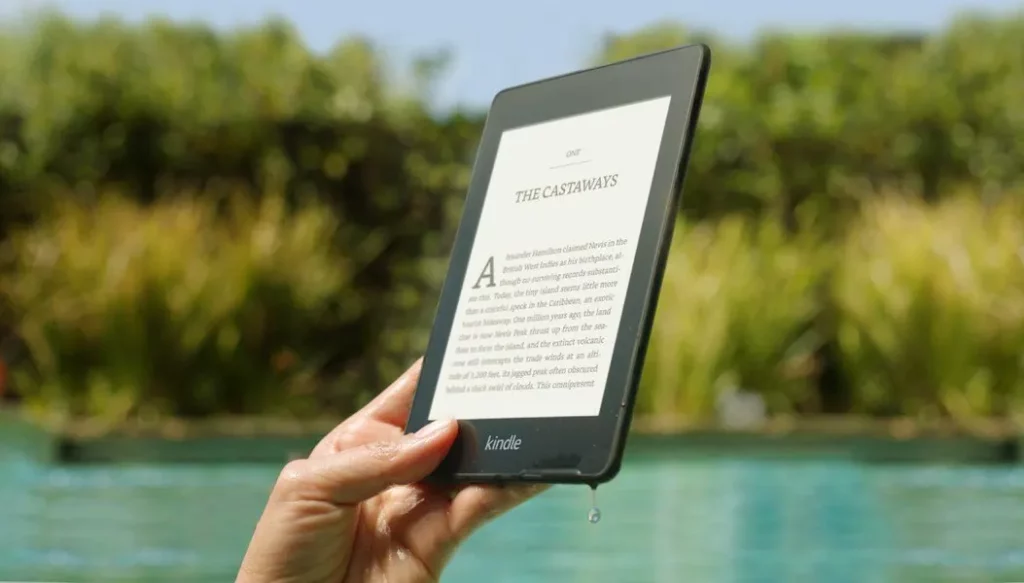
The original Kindle was the first eReader to download books directly to the device via a wireless connection, earning it a place in the eReader hall of fame. Since then, the eReader industry has exploded. Now, there are dozens more options to choose from, including Kobo.
Kobo launched in 2010, just three years after the original Kindle. It is owned by a Japanese conglomerate called Rakuten, which has worked hard to create an impressive ecosystem of user-friendly eReaders.
With these two brands vying for each other’s slice of the market, only one question remains. Kindle vs. Kobo, which will you choose? Let’s compare these devices based on their specifications, display, performance, Bluetooth compatibility, and more.
Kindle vs. Kobo: Specifications & Prices
| Amazon Kindle eReaders | Kobo eReaders | |
| Models | Kindle, Kindle Oasis, Kindle Paperwhite, Kindle Paperwhite Signature Edition, Kindle Scribe, Kindle Kids | Kobo Nia, Kobo Clara 2E, Kobo Elipsa 2E, Kobo Libra 2, Kobo Sage |
| Price range ($) | 110 – 520 | 120 – 460 |
| Weight range (oz.) | 5.57 – 15.2 | 6.03 – 13.8 |
| Screen size (inches) | 6 – 10.2 | 6 – 10.3 |
| Storage range (GB) | 8 – 64 | 8 – 32 |
| Bluetooth compatible? | Every device | All except the Kobo Nia |
Both Kindle and Kobo are umbrella terms for separate eReader ecosystems. They can be split into three sections: standard eReaders for people on a budget, mid-range eReaders for those who want more features, and high-end eReaders for people who want something more akin to a tablet.
For those on a budget, Amazon Kindle offers the original Kindle ($99) and Kindle Paperwhite ($149.99), followed by the Kindle Paperwhite Signature Edition ($149.99).
The next step up is the Kindle Oasis ($249.99), and then the Kindle Scribe ($279.99). These two devices have heftier price tags, but the extra features are hard to resist.
Rakuten’s standard range includes the Kobo Nia ($99) and Kobo Clara 2E ($139.99). The Kobo Libra 2 ($189.99) and Kobo Sage ($239.99) are great mid-range options, and the Kobo Elipsa 2E ($349.99) offers the best possible experience in exchange for a premium price tag.
Amazon released the Kindle Kids eReader in 2022 for just $119.99. This device has a dashboard that allows parents to set bedtimes, monitor reading habits, and more.
Winner: Kobo. Even though Kobo launched three years after Kindle, it has amassed an impressive range of eReaders for every budget.
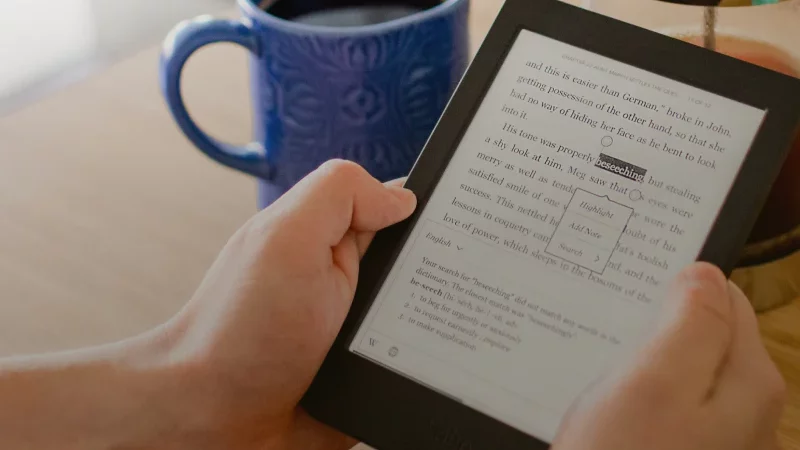
Discover 4 Kindle Scribe Alternatives for 2024.
Kobo vs. Kindle: Style & Display
If you’re looking for the best eReader on style alone, you will struggle to choose between Amazon Kindle and Rakuten Kobo tablets. Despite being competing brands, the style is almost identical.
Both have a sleek black exterior and a stark white screen, which leaves little room for customization. Of course, you can buy an eye-catching case to make your eReader look more appealing.
One of the biggest differences is the materials. Kobos are made from plastic, but the Kindle Oasis and Kindle Scibe feature aluminum and glass screens. This won’t change your reading experience, but there is no denying that more expensive materials provide a higher-quality feel. Moreover, Kindle’s glass screens are scratch-resistant and glare-free.
A few Kindle and Kobo models have page-turning buttons built into the body of the device, which is great for people with arthritis and similar motor issues. The Kindle Oasis, Kobo Libra 2, and Kobo Sage all have buttons.

All Kindle devices and most Kobo devices use 300 PPI (pixels per inch) to create a sharp, crisp reading experience. The only exception is the Kobo Nia, which has a PPI of 212. You probably won’t notice this difference by itself, but when we compare the two brands, it’s clear that Kindle has a better display.
When it comes to finding the best eReader, waterproofing is an often overlooked feature. After all, why would your eReader need to be waterproof? As unlikely as it seems, there is a slim chance you might drop your tablet into water. Luckily, almost all the Kindle and Kobo tablets have a waterproof rating of IPX8, which is the industry standard for reliable waterproofing. As long as you don’t have the Kindle, Kindle Scribe, Kobo Nia, or Kobo Elipsa, you can drop your eReader in the bath as often as you like.
Winner: Kindle. Kindle cinches the win because it has 300 PPI screens, waterproofing, and stylish options across the board.
Kindle vs. Kobo: Software & Storage
From a software perspective, there isn’t much that separates Kindles and Kobos. The response time is similar for each. You have to bear in mind that these eReaders are designed to move more slowly than a typical tablet, replicating the feeling of reading a real book. If you want lightning-fast iPad responsiveness, you’re in the wrong place.
Some say Kindles are slightly quicker than Kobos, but plenty of online reviews suggest Kindles are prone to freezing.
In terms of storage, you can rely on the internal cloud or choose a tablet that has a decent number of GBs.
All these models offer up to 32GB of storage:
- Kindle Paperwhite Signature Edition
- Kindle Oasis
- Kobo Libra 2
- Kobo Elipsa
That said, eBooks don’t need too much storage space. An average text-only eBook needs 1-2MB of storage space, meaning an 8GB Kindle can store up to 6,000 books.
Winner: Draw. When we look at Kindle vs. Kobo in terms of storage, neither stands out. Both brands have models that provide up to 32GB of storage, which will suit even the most voracious reader.
Kobo vs. Kindle: Bluetooth
If you’re an avid audiobook fan, you need to find an eReader that is Bluetooth-compatible. For people who already have an Amazon Audio account, this is a no-brainer. You can buy any Kindle, connect your Amazon account, and watch all your audiobooks appear in your library.
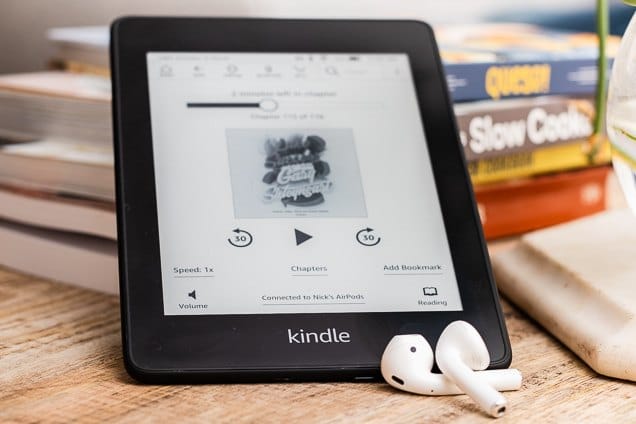
The good news is that almost all Kobos have Bluetooth connectivity, with the only exception being the Kobo Nia. This can be a big problem, especially for people who want to listen to specific audiobooks.
Winner: Kindle. In the battle of Kobo vs. Kindle, Kindle wins the Bluetooth round.
Kindle vs Kobo: Audiobook Subscriptions
Both Kindle and Kobo have audiobook capabilities, but Kindle has a separate system and Kobo has a built-in system.
An Amazon Audible account costs $7.95 per month, which is a relatively low price to pay. However, subscribing to Amazon Audible doesn’t necessarily mean you get access to all the audiobooks. Instead, Audible members get to pick and keep one audiobook a month for free. Fortunately, members can roll over their credits from one month to the next.
There are three Kobo subscriptions: Kobo Plus Read ($7.99), Kobo Plus Listen ($7.99), and Kobo Plus Read & Listen ($9.99). You can also purchase audiobooks separately, but the prices are higher than you might expect.
Winner: Draw. Amazon Audible is slightly cheaper, but users still have to import audiobooks to their Kindles.
Kobo vs. Kindle: eBook Subscriptions
Neither Kindle nor Kobo offers free books. To begin using your new eReader, you must subscribe to either Kindle Unlimited or one of Kobo’s Plus plans.
Some Kindles come with a Kindle Unlimited subscription, meaning you can access thousands of free books for the duration of the plan. Once the subscription is over, you can either sign up for another subscription or download other eBooks to your Kindle.
Kindle Unlimited costs $11.99 per month.
- Borrow 20 books at a time
- Access over 4 million eBooks
- No due date for borrowed books
- Works on phones, computers, and tablets through the Kindle app
Kobo Plus Read costs $7.99 per month.
- Access over 1.5 million eBooks
- Read via any Kobo eReader or with the Kobo app
Like most eReaders, both Kindle and Kobo offer free trials. If you’re unsure about the best eReader for you, you can sign up for a free trial and use the mobile apps for a month.
Winner: Kindle. Kindle is more expensive, but it comes with 2.5 million more books, making it our winner for this round.
Kindle vs. Kobo: Storefronts
Whereas Kindle only allows you to access Amazon-approved books and audiobooks, Kobo is more versatile. You can use Kobo’s built-in store, online store, or even browse through EPUBs from all over the web. Savvy savers can find free books on Google Play Books and read them on their Kobo. Kobo accepts EPUB, GTML, MOBI, PDF, RTF, and TXT files.
But how easy is it to download new eBooks?
Kindle takes an impressively easy approach to downloads: simply go to the storefront, find your new favorite book, and press “download”.
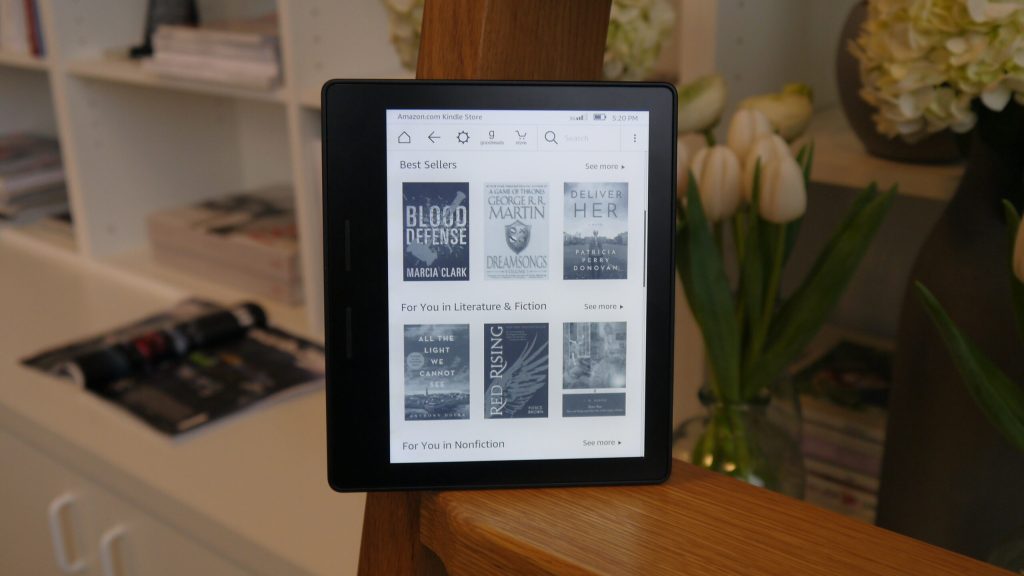
To download books onto Kobo, you need to add your card details to your account and purchase the book on the device. Alternatively, you can scan a QR code and pay by phone.
Neither of these options is overly time-consuming, but Kindle is quicker, easier, and more user-friendly.
Winner: Kindle. In the battle of Kindle vs. Kobo, Kindle wins again! This device is just slightly more streamlined, which makes all the difference.
Kobo vs. Kindle: Battery Life & Portability
Kobo vs. Kindle aside, eReaders are brilliant because they are so easy to transport. You can slot a Kindle, Kobo, or any other eReader into a backpack that is ready to burst.
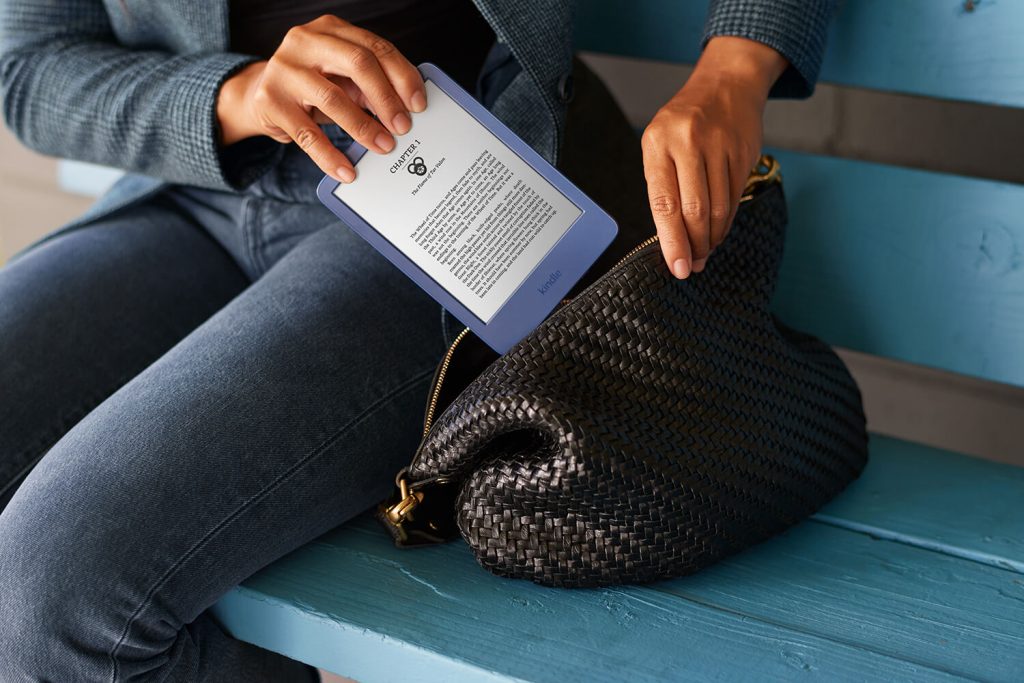
In keeping with the overall style of eReaders, both Kindles and Kobos are lightweight. Regardless, if you want to avoid wrist strain, you should probably steer clear of the more expensive models, which are designed to offer more of a tablet-like experience.
Weight aside, your next consideration should be battery life, which depends on the model. According to one source, if you use the Kindle Paperwhite for 30 minutes a day it will last for six weeks. Another source says that the original Kindle will last for six weeks even if you use it for a few hours a day.
Likewise, Kobo eReaders are marketed as having impressive longevity. A fully charged Kobo eReader battery can last up to two months, but it depends on how often you use it. Despite these claims, some sources say that their Kobo eReader battery drains very quickly, in as little as a week.
Winner: Draw. Both Kindle and Kobo are easy to transport and boast brilliant longevity.
Overall Winner: Kindle
As difficult as it is to decide between these eReaders, we have to go with Kindles. Users who appreciate style, functionality, and portability will love Kindles. But, if you want to download your books from anywhere on the web, Kobo could be the eReader for you.
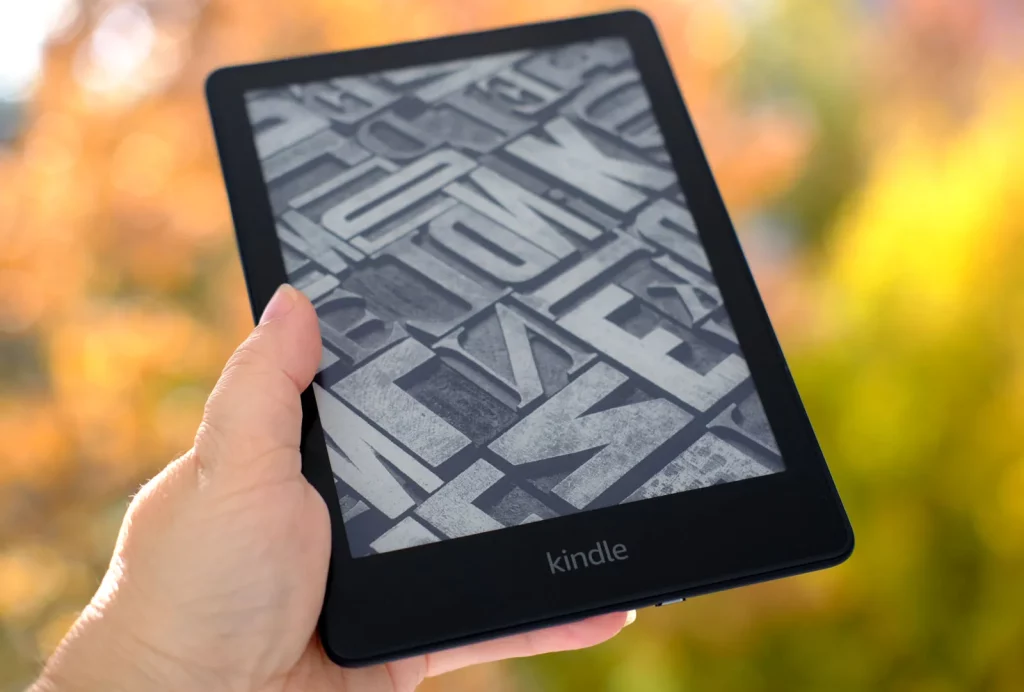
bookcase: turn your smartphone into an ergonomic e-reader

Want to do more reading on the device you already have? Built for iPhone and Android – Bookcase transforms any smartphone into an ergonomic e-reader by extending the area around the screen.
The edges of the case provide grips on both sides of your phone so you can hold it more comfortably and enjoy a clear view of your screen while reading.
Plus, Bookcase carries an embedded NFC tag for creating user shortcuts. With the companion app, you can tell Bookcase which of your favorite reading apps to open and which phone settings to toggle (Do Not Disturb, Reading Mode, etc.) when your phone is connected. The next time you place your phone into Bookcase, your settings will trigger automatically.
Bookcase helps you avoid doomscrolling and encourages you to build a more productive reading habit without buying an expensive e-reader or carrying around an extra paperback.



